December 2023 OOTM was the Flaming Star Nebula (IC405, SH 2-229, Caldwell 31).
|
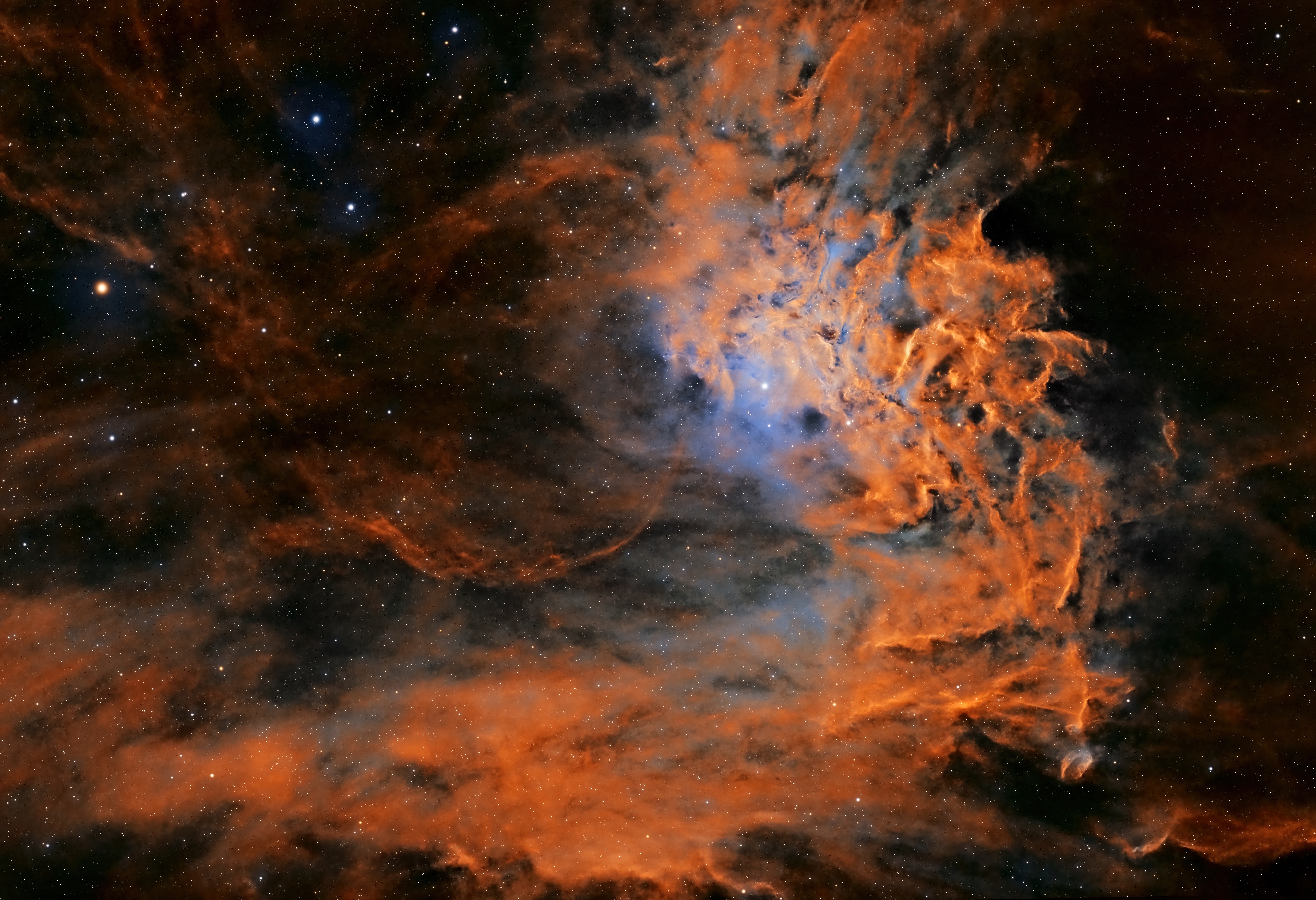
|
- object: Flaming Star Nebula (IC405)
- imaged by: Victor Sanchez
- image capture/processing details: shot with an ASI2600MC camera on a 130mm refractor using Antilla 3nm SII and IDAS NBZ (Ha & OIII) filters. Just over 30 hours total data collection. SHO pallete processed in PixInsight.
- location: Ellicott City, MD
- date: December 2023
|
November 2023 OOTM was the Cave Nebula (Sh2-155).
|
- object: Cave Nebula (Sh2-155),
a diffuse nebula in the constellation Cepheus.
- imaged by: Jared Case
- image capture/processing details: Shot with a monochrome camera using narrowband filters.
The image contains over 12 hours of data and was processed using the SHO palette. The telescope used was a 130mm refractor.
- location: Highlands, MD
- date: November 2023
|
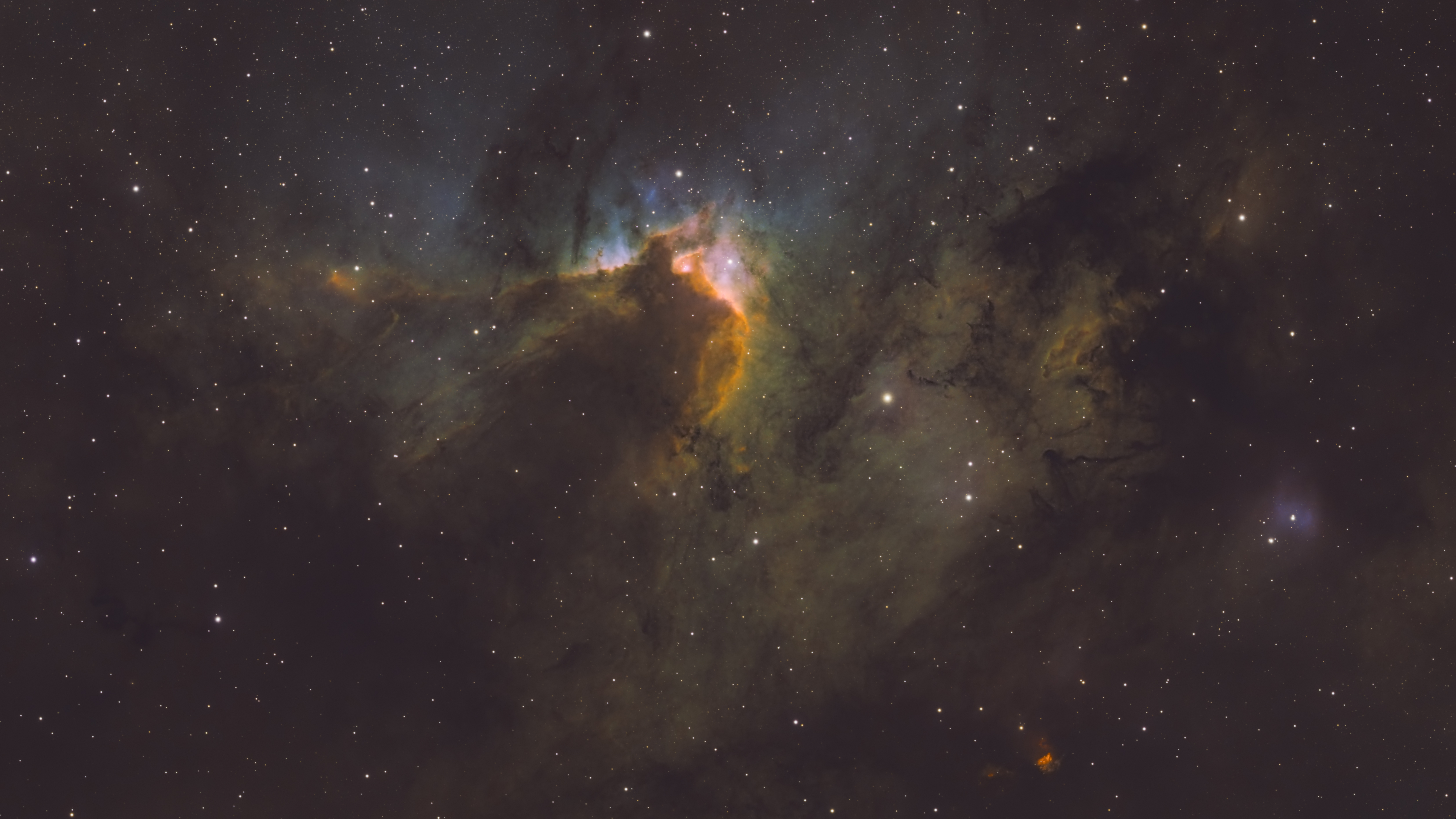
|
October 2023 OOTM was Lion Nebula (Sh2-132).
|
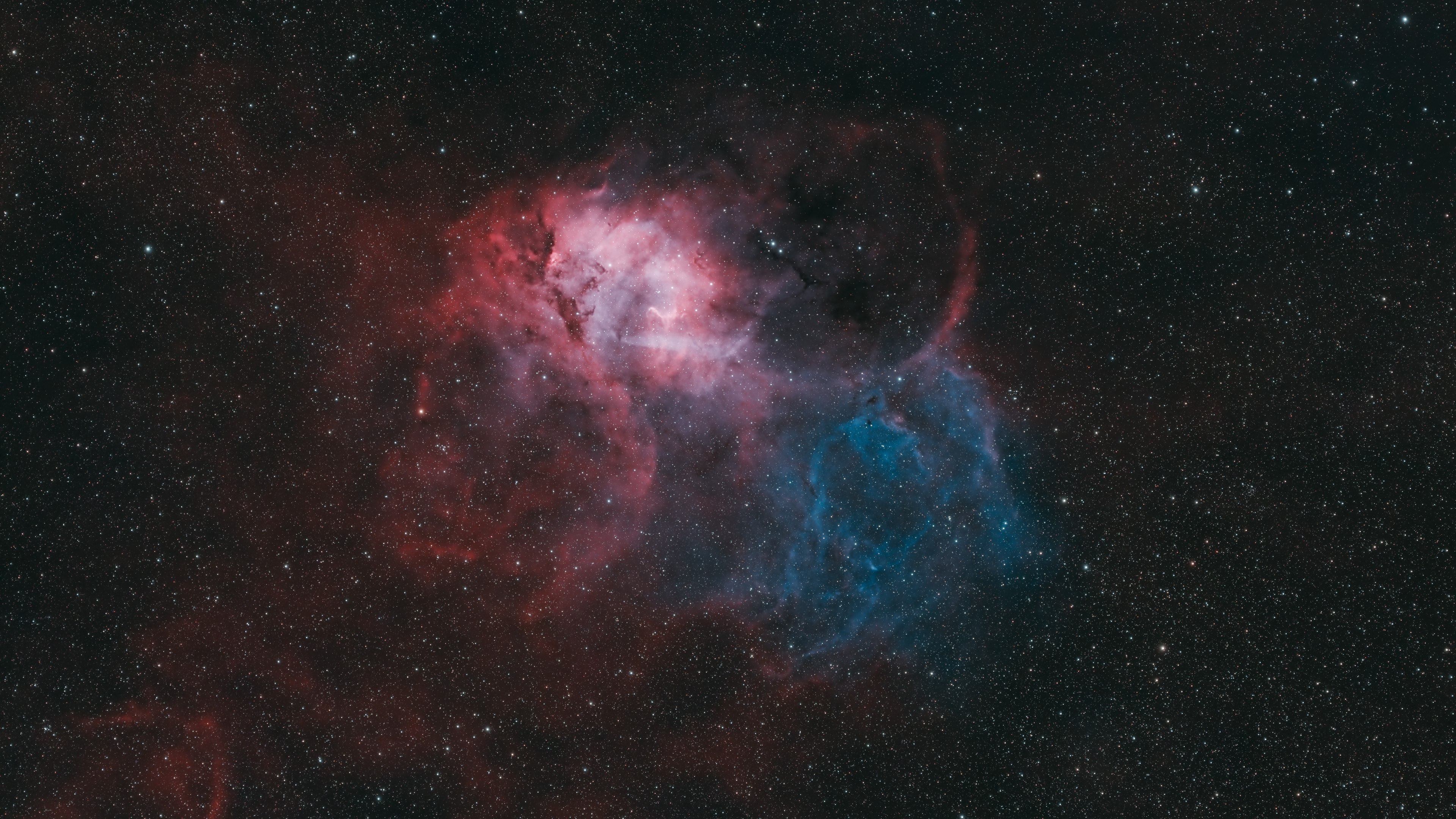
|
- object: Lion Nebula (Sh2-132)
- imaged by: Jared Case
- image capture/processing details: 350mm Refractor and 2600MC camera. Over 8 hours of integration; processed in Pixinsight and Photoshop.
- location: Highland, MD
- date: October/November 2023
- Notes: Sharpless 132 is primarily an
emission nebula
and is estimated to be roughly 10,000 light-years away in the
Perseus Arm
of the Milky Way Galaxy. It is located in the southern portion of the constellation
Cepheus, bordering the
constellation Lacerta.
|
September 2023 OOTM was Elephant's Trunk Nebula.
|
- object: Elephant's Trunk Nebula, IC 1396
- imaged by: Jared Case
- image capture/processing details: The image is a combination of Ha, Sii, and O3 data combined in SHO; over 16 hours of data.
Shot with a monochrome ZWO 2600MM and a 130mm Refractor.
- location: Highlands, MD
- date: Three nights in September 2023
|
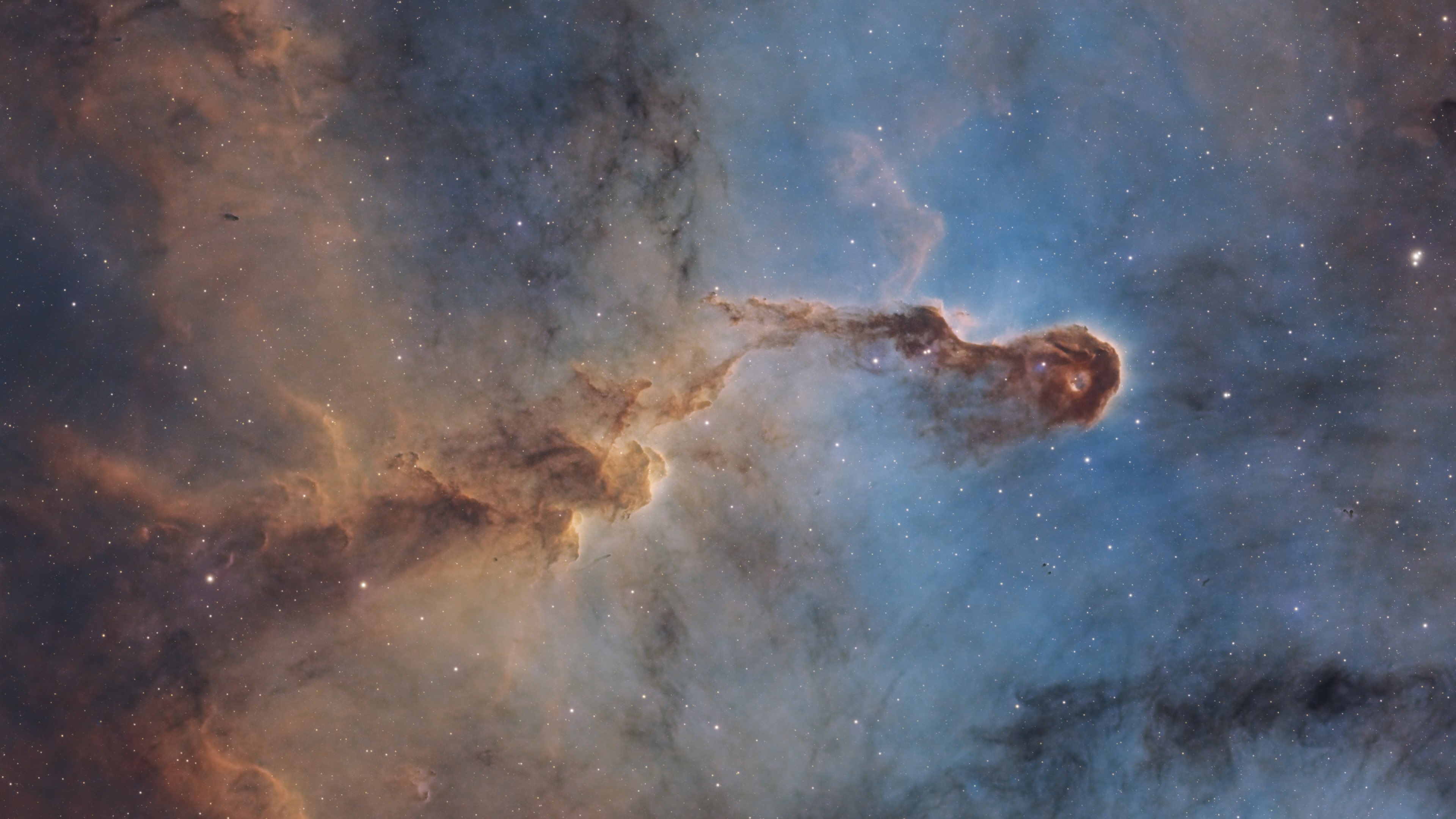
|
August 2023 OOTM was objects within the constellation Cygnus.
|
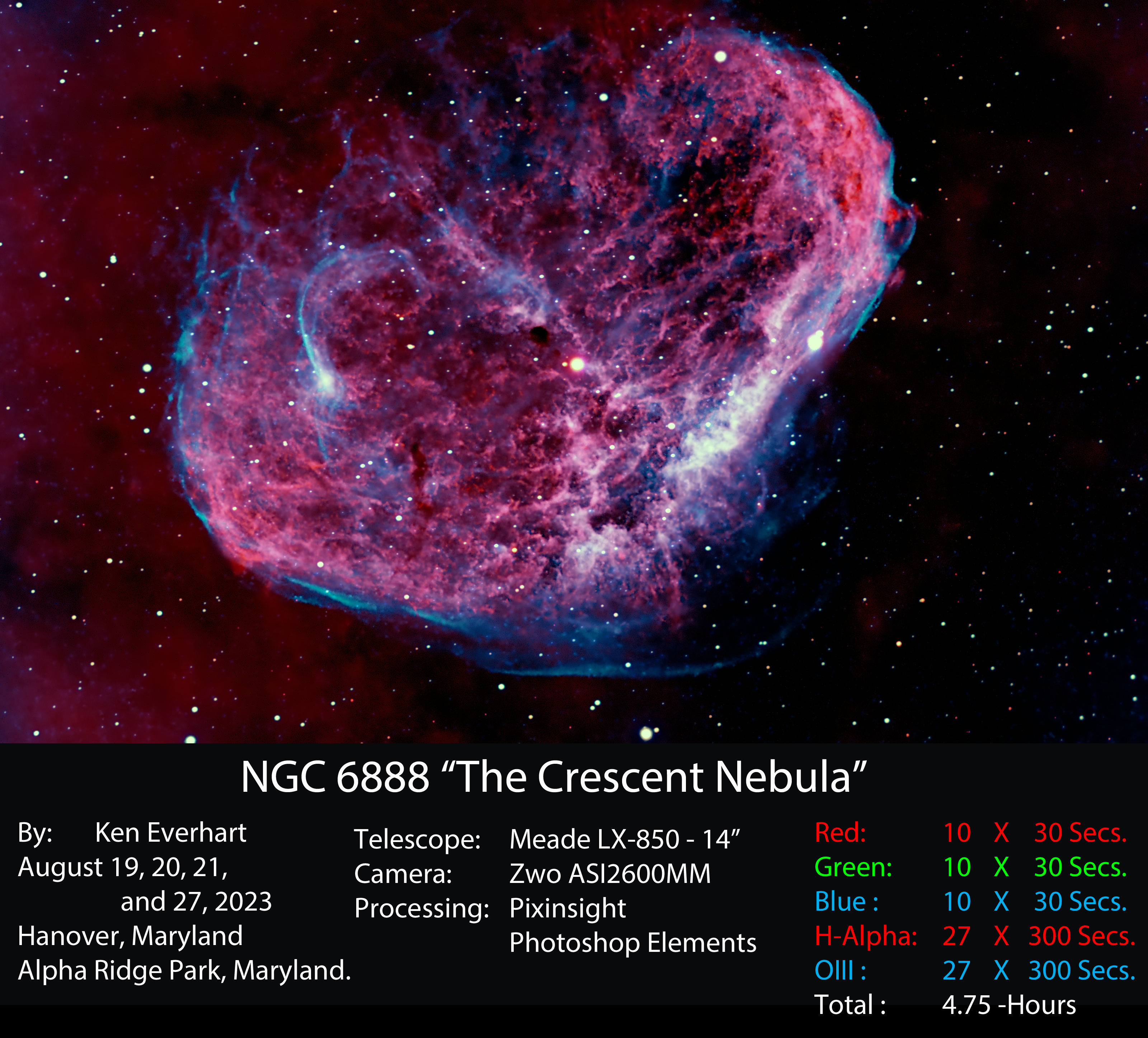
|
- object: Crescent Nebula
- imaged by: Ken Everhart
- image capture/processing details: see image
- location: Hanover, MD and Alpha Ridge Park
- date: August 2023
|
June/July 2023 OOTM was the Veil Nebula.
|
|
|
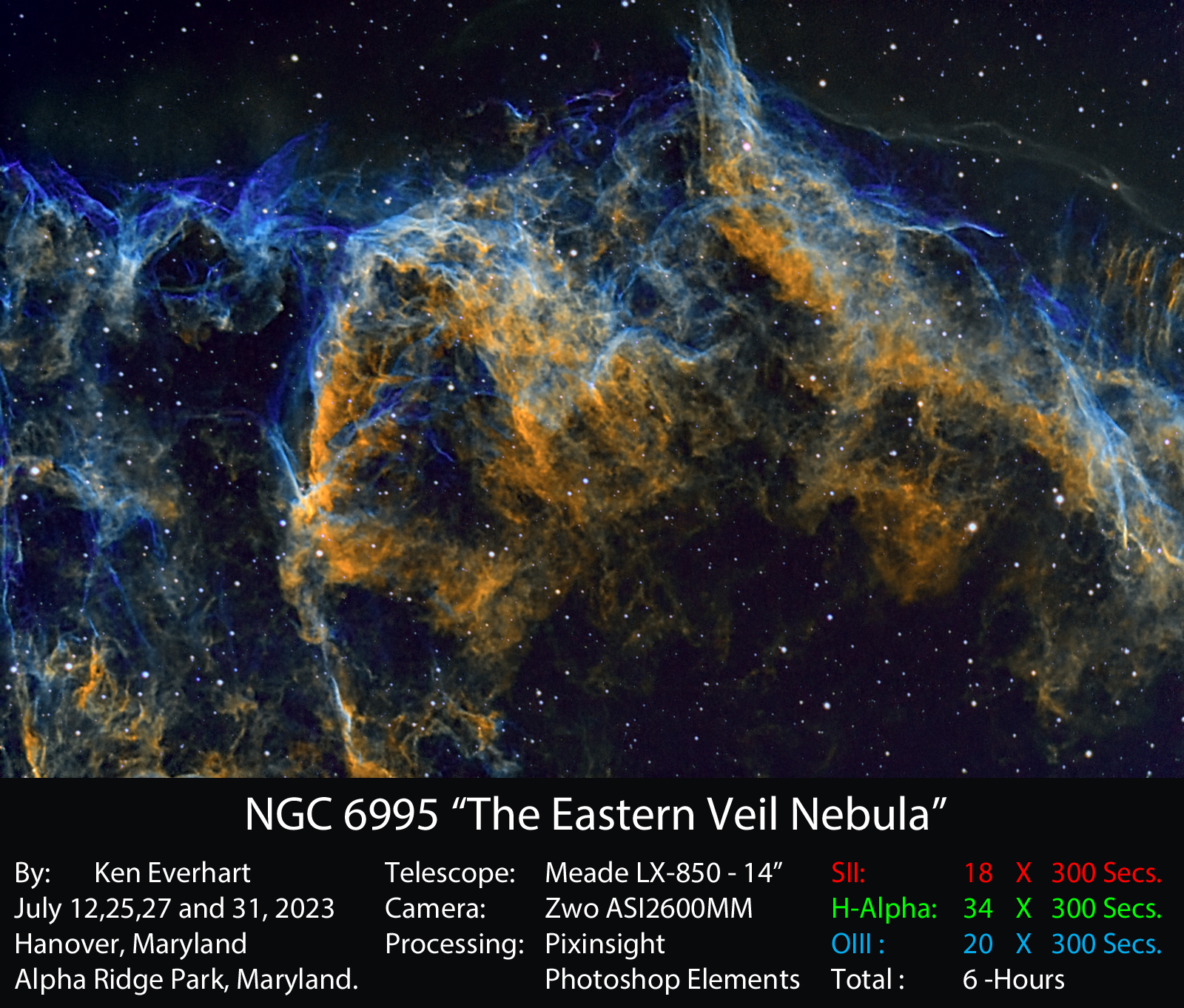
|
May 2023 OOTM was M13.
|
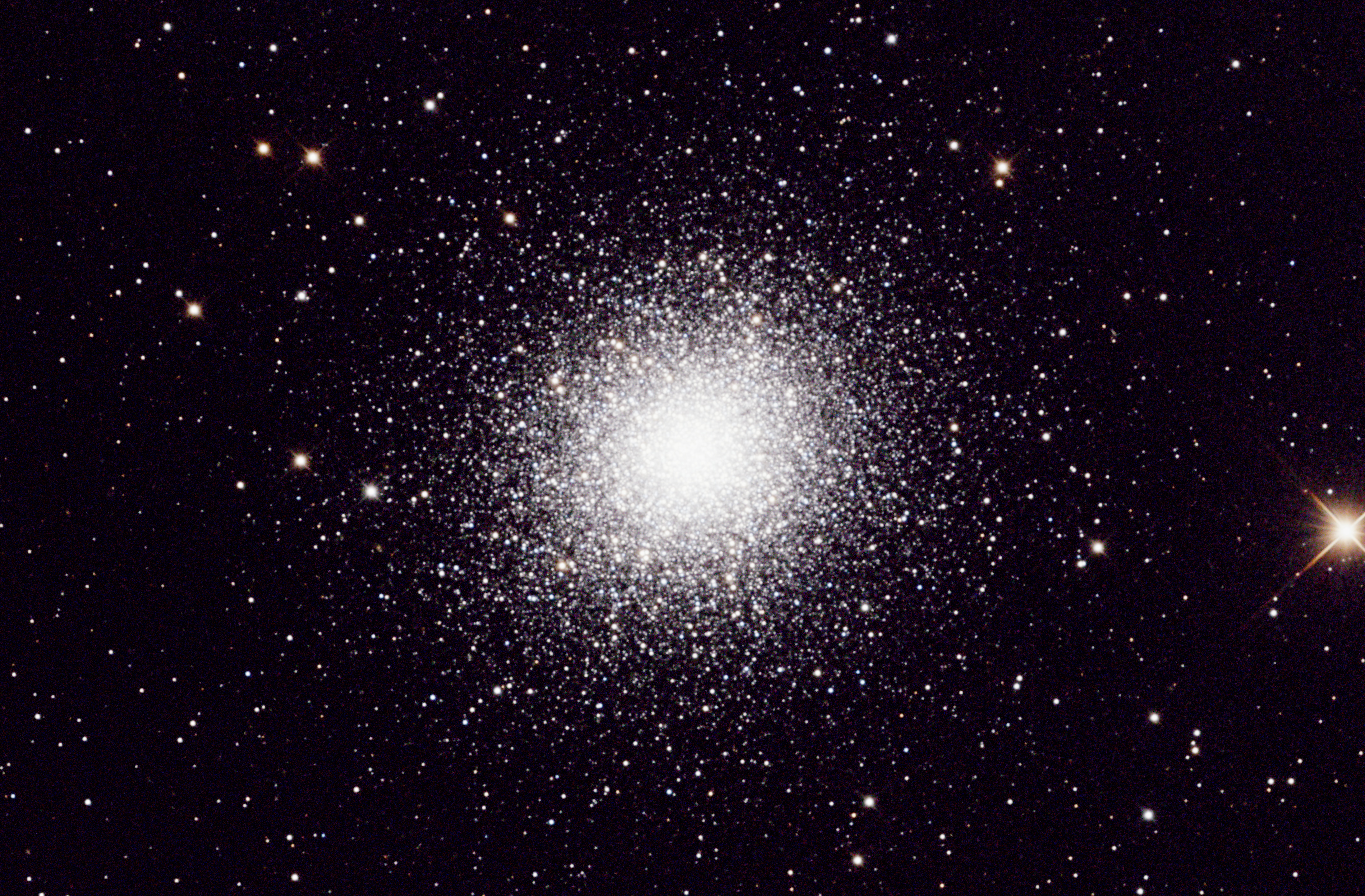
|
- object: M13, the Great Globular Cluster in Hercules
- imaged by: Gene Handler
- image capture/processing details: 8" f/4 reflector w/ a QHY268M camera observing from Howard County, 160x15 sec lum + 15x1 min each of RGB. Tried short luminance exposures to limit guiding errors but I don't know how much that helped.
- location: TBD
- date: May 2023
|
April 2023 OOTM was the Moon. TIE: Rob Dallimore and Michael Connelly
|
- object: Earth's Moon
- imaged by: Rob Dallimore
- image capture/processing details: Early evening, best 30% of 6000 images, each image at 4ms
- location: TBD
- date: April 2, 2023
|
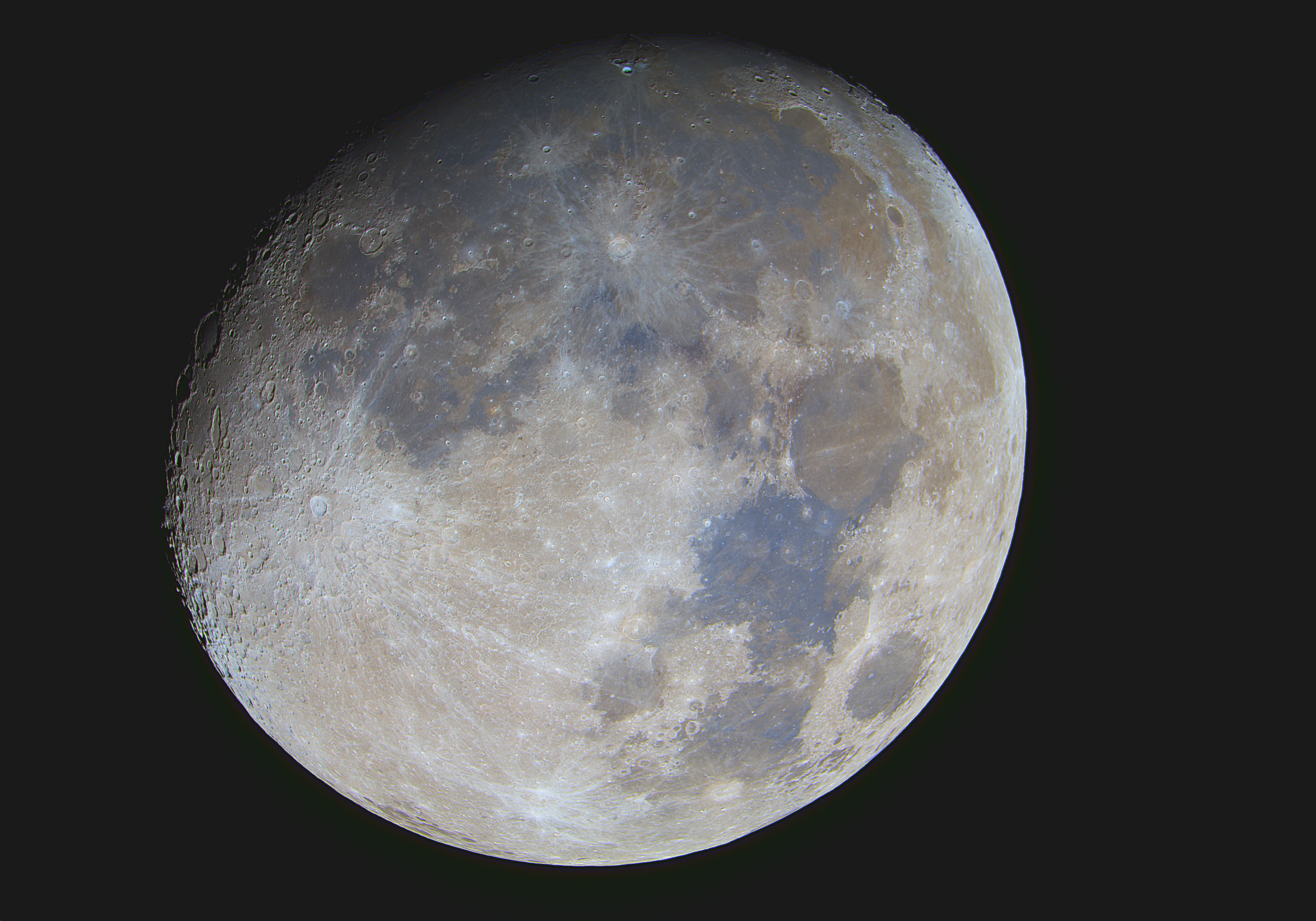
|
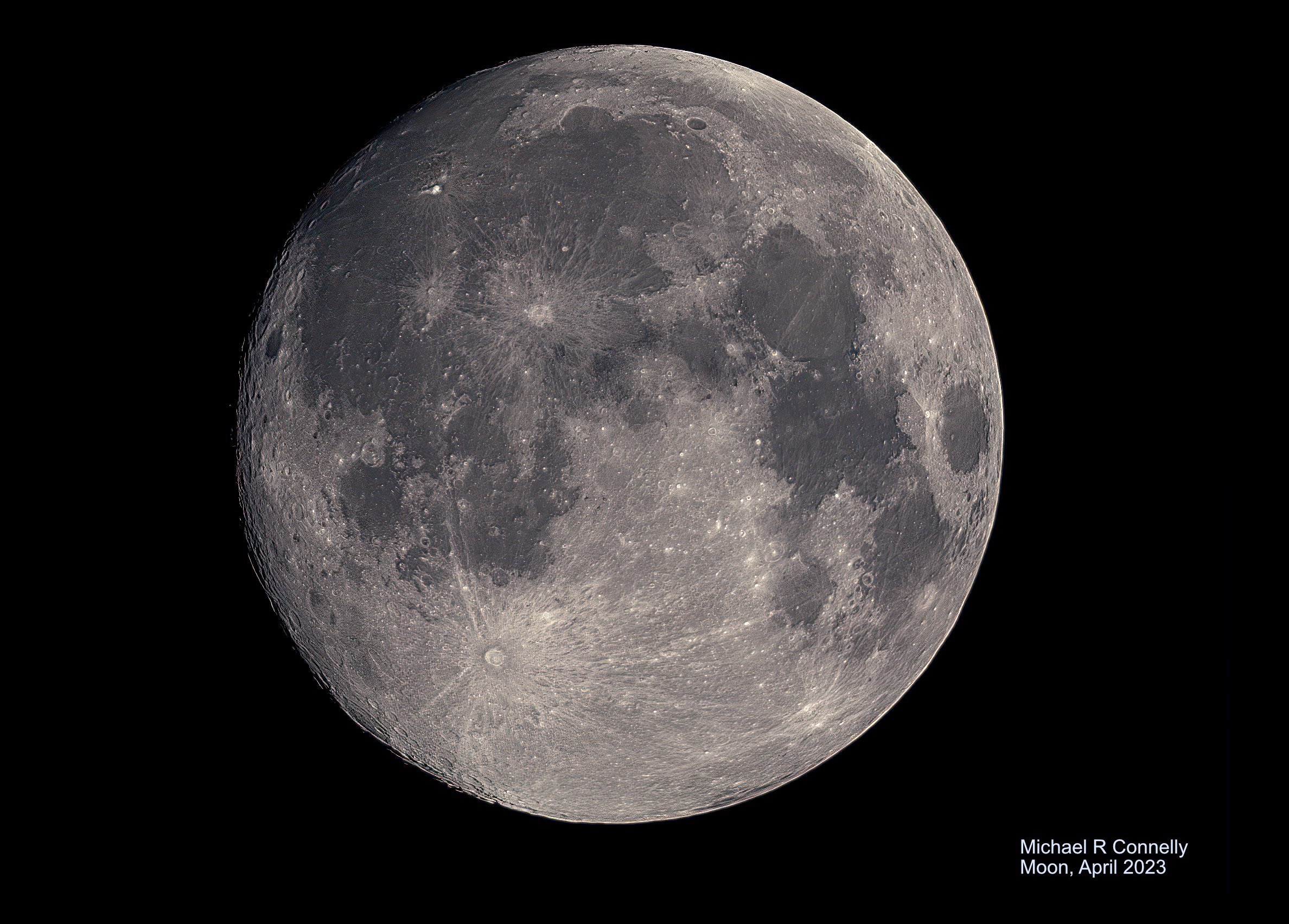
|
- object: Our Moon
- imaged by: Michael Connelly
- image capture/processing details: 1 minute shot with 4.8ms exposure, 20gain, 54r/80b and offset of 30; C6-N and a ASI294mc camera.
- location: TBD
- date: April 2023
|
March 2023 OOTM was to image M81 or M82 or both in one shot.
|
- object: M81 and M82
- imaged by: Victor Sanchez
- image capture/processing details: 145 three-minute RGB + 25 five-minute H-alpha images from Bortle 3 skies
- location: TBD
- date: March 19 & 20, 2023
|
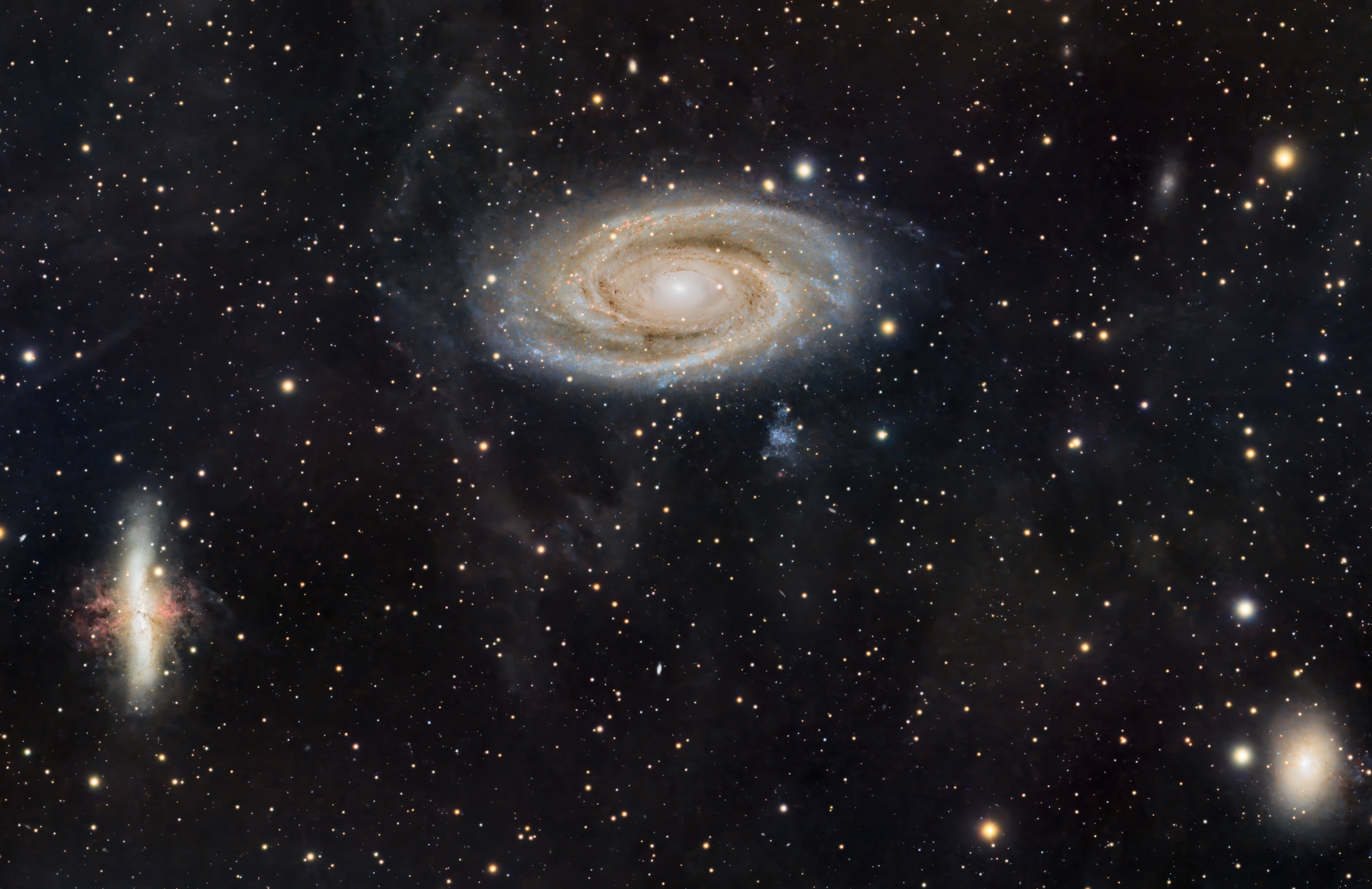
|
February 2023 OOTM was to observe an astronomical object that changes in some way
|
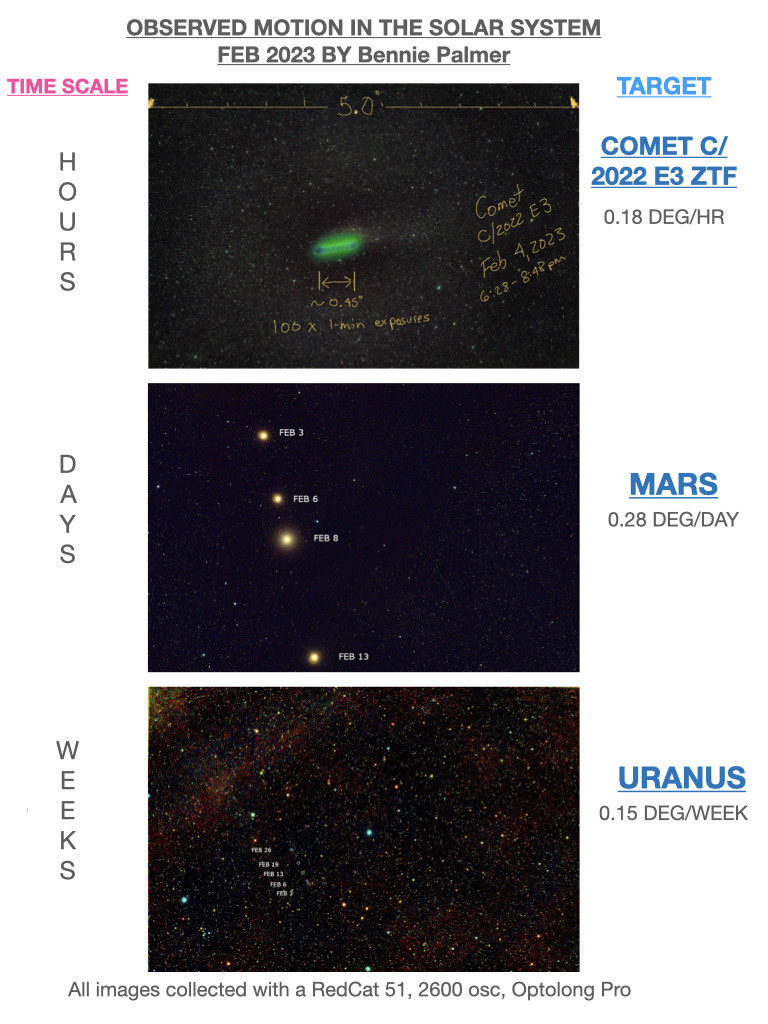
|
- For this purpose, an "astronomical object" is any object that exists outside the Earth's atmosphere, i.e., above 100km in altitude (technically excludes meteors, but if that's your desired subject, ask first!).
- Any observable characteristic of the object can be depicted or measured: position, rotation, size, brightness, illumination, temperature, spectrum, etc. The only restriction is that you have to observe the change directly and/or be able to derive the change from your actual observations. Using simulations or other aids is not allowed to depict the change except in the case of deriving the change from your observations (this precludes using a planetarium program alone to depict the change in the object; you may use the program to help plan, but you have to observe the actual object).
- At least a portion of the observations that document the change MUST be obtained during the month of February 2023 (this has been true of all of the OOTM activities, so it will be true for this one).
- The final presentation depicting the observed change must be in a single, static graphic; no videos, animated GIFs, or similarly dynamic depictions will be allowed.
- object: Observed Motion of Solar System
- imaged by: Bennie Palmer
- image capture/processing details: see image
- location: TBD
- date: February 2023
|
January 2023 OOTM was the Orion Constellation.
|
- object: Wide field view of the Orion Constellation.
- imaged by: Bennie Palmer
- image capture/processing details:
20 hours of integration. RedCat 51 2600MC Camera OSC.
Triad Quad Band Filter. Processed in Siril, Star Tools, GIMP.
- location: TBD
- date: January 2023
|
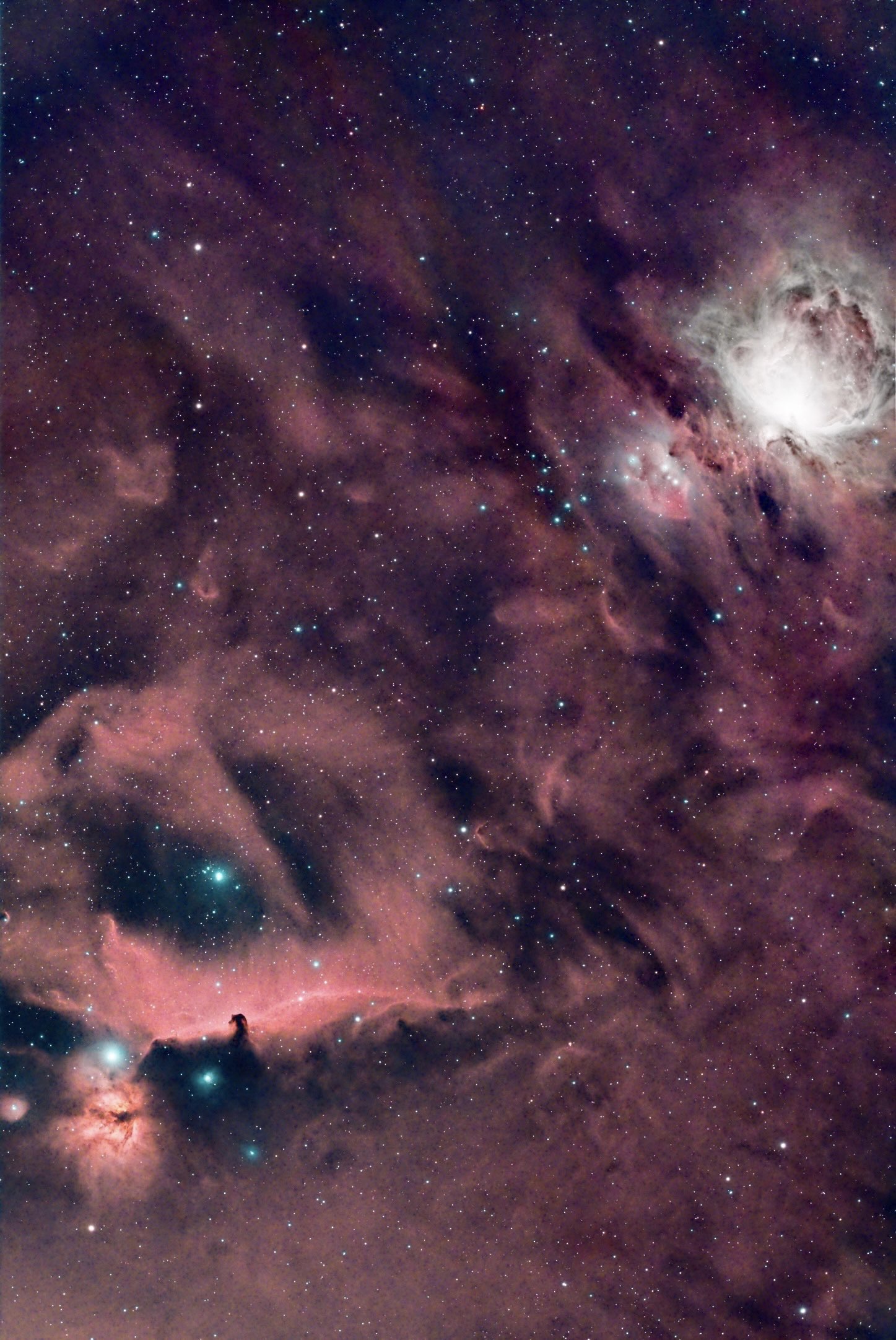
|